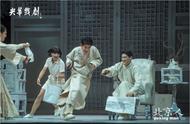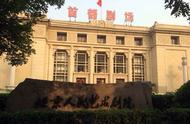一般过去时指的是一个过去发生的动作或存在的状态。常和表示过去的时间状语连用,如yesterday昨天、last night昨晚、last week上周、last year去年等。
表示过去发生的动作例句: --When did this happen? 这是什么时候发生的事?
-- It happened in the Tang Dynasty. 是唐朝发生的事。
表示过去存在的状态例句:
-- He believed that he was right. 他(那时候)相信自己是对的。
一般过去时的结构:
含有Be动词的一般过去时。be动词是was和were。was用于第一、第三人称单数,其他情况都用were。
肯定句式:主语 be(was , were) 其它.
例句: She was a singer. Now she is a teacher. 她过去是歌手,现在是老师。
否定句式:主语 be(was , were) not 其它.
例句: They were not happy yesterday. 他们昨天不开心。
一般疑问句:Be(was , were) 主语 其它?
肯定回答: Yes, it be. 否定回答: No, it be not.
Was he busy last week? 他上周忙吗? Yes, he was. 是的,他很忙。

实义动词的一般过去时态
肯定句要使用动词的过去式,否定句和疑问句要助动词didn't 和did。
肯定句式:主语 动词(过去式) 其它。
例句:He went to Shanghai last week. 他上周去上海。
否定句式:主语 didn’t 动词(原形) 其它 【did not = didn’t】
例句: She didn't wear a hat yesterday. 她昨天没有戴帽子。
一般疑问句:Did 主语 动词(原形) 其它?
例句: Did you go to the farm yesterday? 你昨天去农场了吗?
肯定回答: Yes, 主语 did. 例句: Yes, I did.
否定回答: No, 主语 didn't. 例句: No, I didn't.
规则动词过去式的构成方法(Regular Verbs):
- 直接 ed. 如:work--worked
- 若末尾已有字母e,则加-d.如:live-- lived
- 若以辅音字母 y结尾,先变y为i再加-ed,如: try--tried
- 若以“一个元音字母 一个辅音字母”结尾,该音节又是重读音节,双写末尾字母,再加-ed 如:stop-stopped















